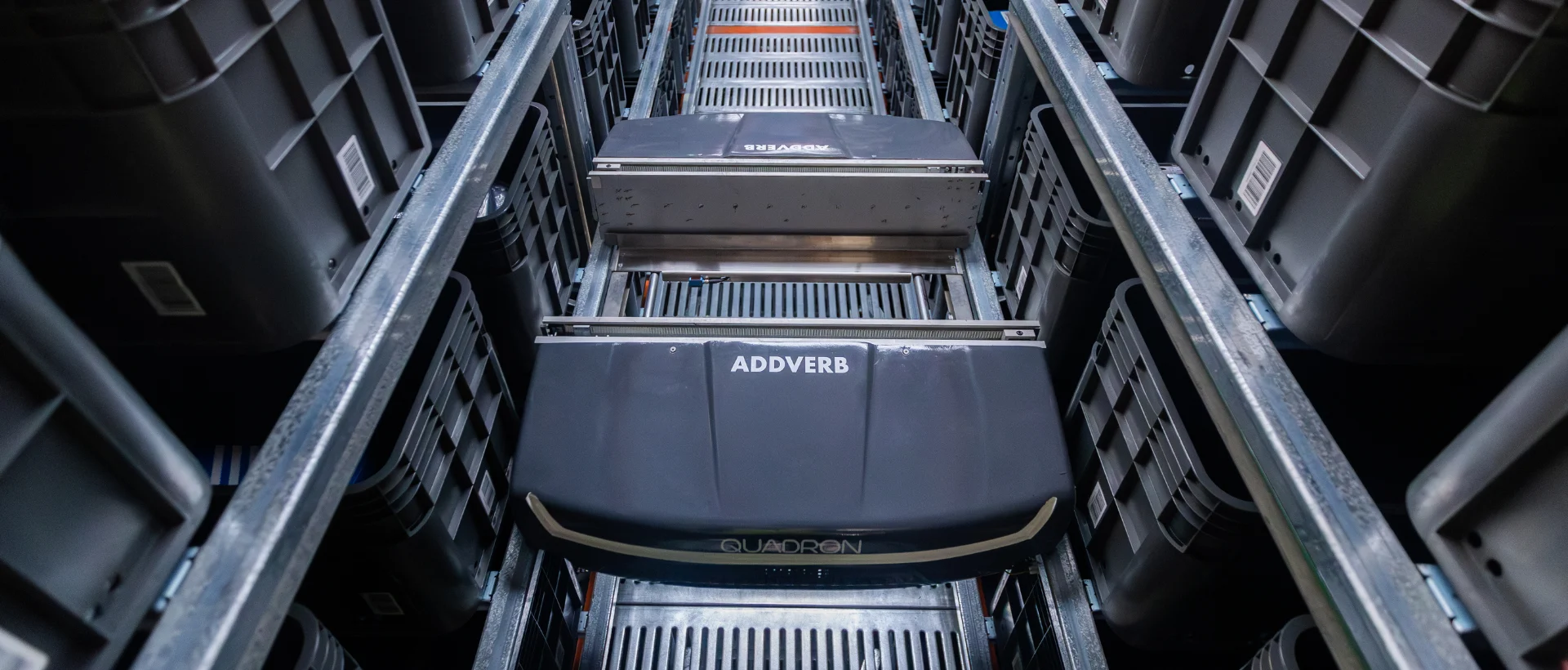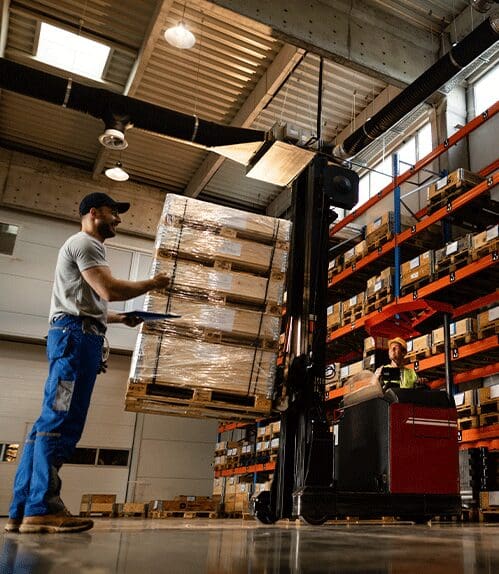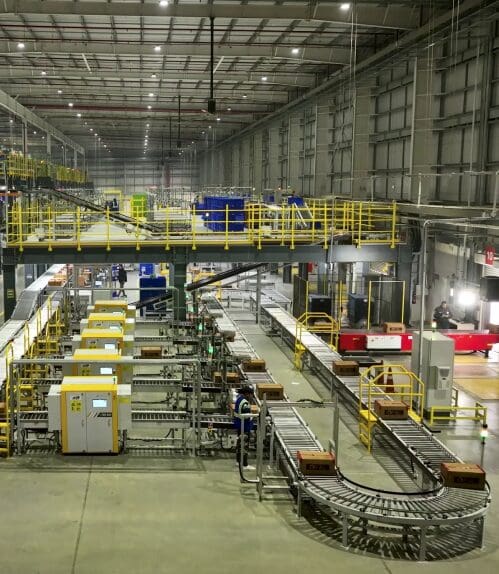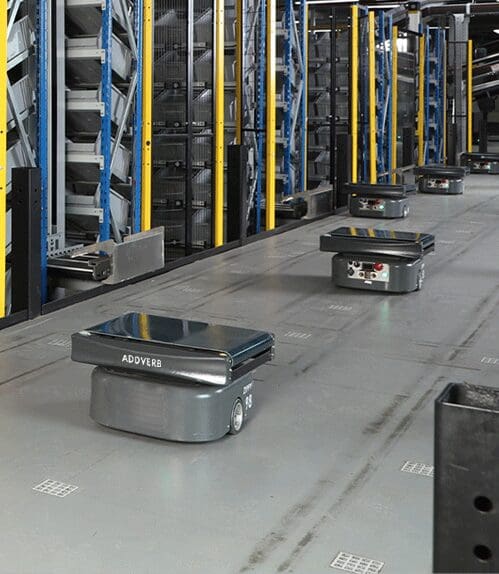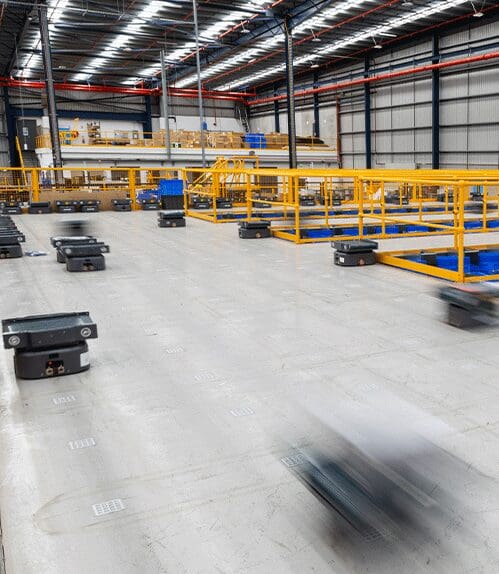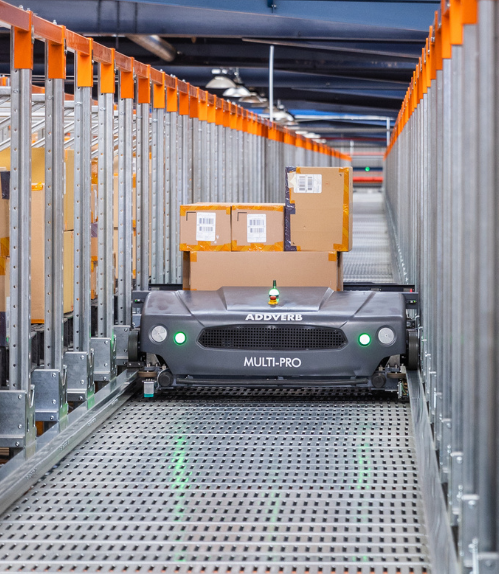Table of Contents
Think of aiming to achieve warehouse efficiency with long aisles of racks, workers walking back and forth with trolleys and orders being picked manually. At first glance, everything seems smooth – orders shipped, stock adjusted and deadlines met. But at a deeper level, the gaps expand with order fulfilment metrics, stock mismatches, fatigue and hidden overtime. This is the illusion many warehouses live under when they try to improve warehouse efficiency without automation.
Rearranging racks or fine-tuning picking paths often look productive on paper, especially when judged by local KPIs, but without a global visibility into the metrics, problems like order batching delays, visibility gaps and manual error rates remain untouched. To gain better insights on this gap, let’s dive into how local KPIs mask the hidden issues, inspired by Addverb’s whitepaper titled “Metrics that Matter“.
“The numbers prove this shift. According to Deloitte, the usage of automation and robotics is expected to grow from 28% to 79% in five years, reflecting an industry-wide push toward scalable automation solutions that manual processes cannot match.”
The transition from Local KPIs to Global Optimisation
Actual warehouse efficiency isn’t achieved through haphazard fixes but by connecting every function into a unified, automated flow. These solutions are curated to eliminate hidden bottlenecks, aligned operations and ensure that local improvements translate to system wide productivity.
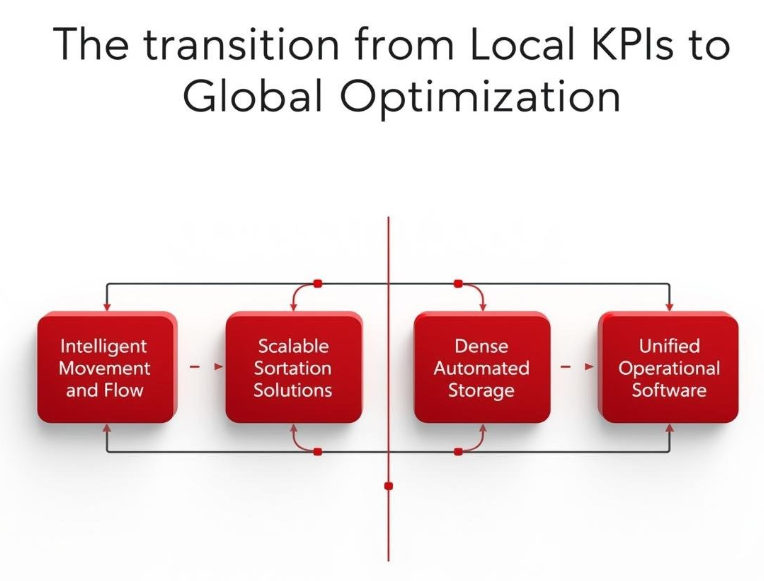
Intelligent Material Movement and flow
Manual transport usually looks efficient in isolation, but hidden delays from workers walking long routes add up across shifts. To resolve this issue, many warehouses consider Autonomous Mobile Robots to automate this process, ensuring goods flow seamlessly between storage, picking and dispatch zones. This reduces idle bottlenecks that local KPIs usually overlook, creating a smoother, end-to-end material flow.
Scalable Sortation Solutions
Manual sortation may achieve daily numbers when volumes are steady, but during peaks, the illusion breaks with mis-sorts and shipment backlogs. To avoid their warehouses from suffering, they incorporate Robotic Sorters to handle high-speed, high-volume order processing with accuracy and scale, ensuring that fulfillment remains consistent even during seasonal surges or sudden demand spikes.
Dense Automated Storage
Fast pick times solely don’t guarantee efficiency if retrieval slows down hold back fulfillment. Most of the warehouses use Carton Shuttles to provide dense, automated storage with real-time access to SKUs. This ensures quicker retrieval, better space utilization, and an uninterrupted link between inbound and outbound operations.
Unified Operational Software
The biggest illusion arises when each zone chases its own KPIs such as picking rates, storage accuracy, dispatch speed -without alignment. So, the warehouses consider using a Warehouse Execution System to bring every process under a single, intelligent platform, synchronizing operations and providing a holistic view of performance. Leaders see not just activity, but true impact on fulfillment speed, accuracy, and cost.
Why Local KPIs Don’t Reflect True Warehouse Efficiency
Seeing the Whole Warehouse, Not Just One Zone
Local KPIs may show strong performance in isolated areas like fast picking and minimal machine downtime, but hidden inefficiencies remain untouched. For example, a production line may run smoothly, yet outbound shipments are delayed because logistics and packing aren’t synchronized. By leveraging a Warehouse Execution System , all processes are connected under a single platform, providing a real-time, global view of inbound, storage, picking, packing, and dispatch. This ensures that task-level gains contribute to overall warehouse throughput.
Coordinated Material Movement with AMRs and AGVs
When storage and picking aren’t aligned, delays appear despite local efficiency. So, Warehouses choose Autonomous Mobile Robots (AMRs) and Automated Guided Vehicles (AGVs) to move goods intelligently across the warehouses, dynamically adjusting routes based on system-wide priorities. This ensures that materials reach picking and packing zones exactly when needed, eliminating idle time and hidden bottlenecks.
Automated Sortation and Storage for Integrated Workflows
Local improvements can inadvertently create congestion, fast pickers overwhelmed by manual sortation or poorly organized storage. In such times, Robotic sorters manage order surges with accuracy, while Multi Level Shuttle systems provide dense storage and access to SKUs at multiple vertical levels. Together, they keep goods flowing seamlessly, ensuring that every zone operates in sync with the warehouse’s overall goals.
Highlights from Addverb’s Whitepaper

- A leading apparel retailer tracked a 96-hour dock-to-stock time as efficient, but industry benchmarks reveal the standard is 24 hours, above average is 8 hours, and world-class is just a few hours.
- Shifting from local KPIs to global optimization reduced order fulfillment times by up to 40%, proving system-wide coordination outperforms isolated process improvements.
- The whitepaper emphasizes that activity-based KPIs, like smooth production lines or minimal downtime, can mask delays in outbound shipments—only end-to-end visibility captures true efficiency.
Conclusion
Achieving discrete task-level victories is only one aspect of warehouse efficiency. Aligning every zone, process, and resource under a single, automated system is the key to true productivity. Local enhancements may conceal hidden inefficiencies and result in bottlenecks that impedefulfillment if global optimization is not implemented. Operations become synchronized, flexible, and scalable by adopting global KPIs and utilizing robotics and warehouse automation. Moving past the appearance of efficiency is the key to actual and sustainable warehouse performance, which demonstrate how intelligent automation produces quantifiable results, from faster order fulfillment and higher accuracy to optimized resource utilization.

